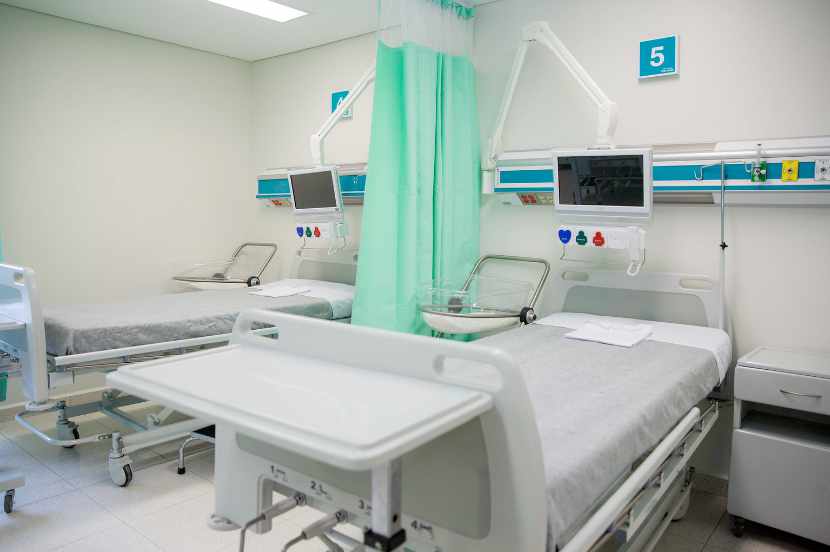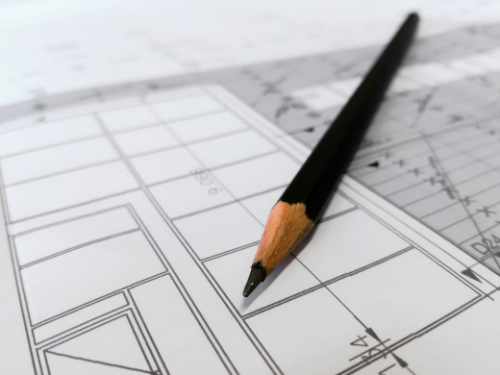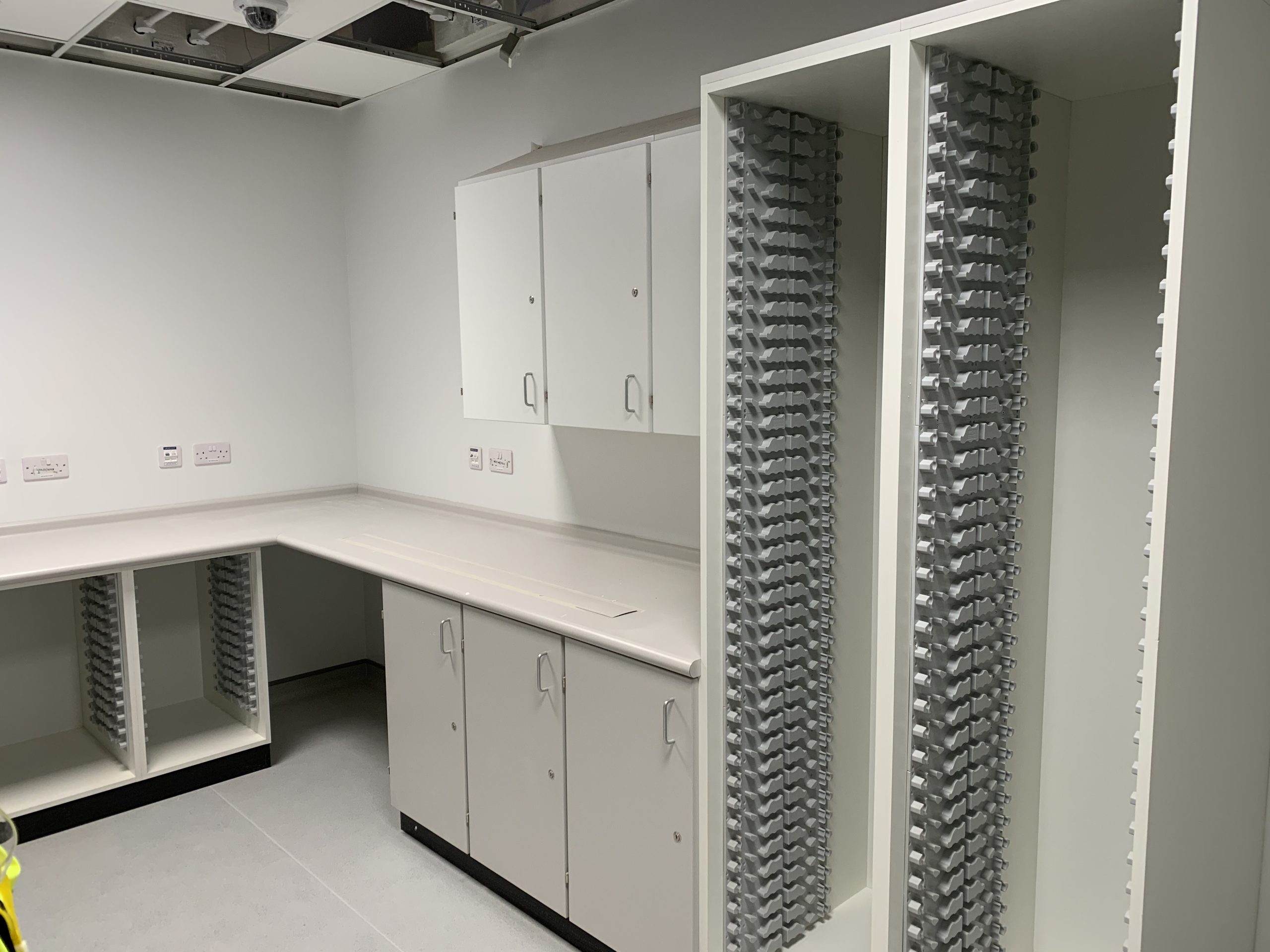What are the real differences between HTM71 and HTM63, two key specification requirements for fitted…

Can furniture help the healing process?
When designing a patient’s room, there are a number of fundamental areas to consider, such as infection control, accessibility, connectivity, and of course, cost. But can the design and healthcare furniture in the room contribute to the patient’s recovery and healing process in other positive ways?
Faster post-operative recovery
The 1984 paper, “View Through A Window May Influence Recovery From Surgery” by Roger Ulrich, showed, using clinical data, that patients with tree views had “shorter postoperative hospital stays, fewer negative evaluative comments from nurses, took fewer moderate-to-strong analgesic doses and had slightly lower scores for minor postsurgical complications,” (Harvard Business Review, 2015). An acute psychiatric clinic in the US hung nature scenes on the walls of their clinic and reduced the administration of as-needed injections by up to 70% compared to when there were blank walls – and saved the clinic over $30,000 (Harvard Business Review, 2015). Nature has been proven many times over the last three decades to reduce stress, reduce pain, reduce blood pressure and increase pain tolerance, and the space, calmness and colours of nature can be brought inside with careful decor, design and furniture.
Incorporating art and music into the interior of a patient’s room also has a healing effect, with studies showing that children who listen to a story or music of their choice had less pain than those who didn’t (Harvard Business Review, 2015). Furniture can effectively reflect art, colour and culture in its design and placement.
Room design can promote effective healing
The design of the physical environment can impact the caregivers and the effectiveness of their work too. The room needs to maximise efficiency and productivity whilst reducing the chance for error – all impacting the care and time available to the patient, as well as the catalysts which support effective healing. Architecture critic and landscape architect Charles Jencks said: “Architecture creates the ambience and frame of mind for the carers, who then pass it on to the patients. And in that sense, architecture is key.” NHS workers in a Loughborough University study were found to be “less tired and more engaged when using height-adjustable workstations” (BMJ), which mitigates the risk of errors and complications for patient’s healing and recovery.
Furniture and the healing process – where to find out more
Read a case study about furniture contracts we’ve completed for several hospitals throughout Kent.
See our furniture being made and read quotes from architects, contractors and healthcare facilities we’ve worked with. Or please get in touch to find out how we may help with your latest project.
At David Bailey Furniture Systems, we have have helped architects and contractors design fitted furniture for the hospital and other healthcare environments for over 35 years. Our factory is in Broadstairs, Kent in the UK and we have provided furniture for many NHS hospitals and private hospitals, including Wexham Park, Guy’s & St Thomas’, Great Ormond Street Hospital, Spire Hospitals and University College London Hospital (UCLH), as well as many regional hospitals, GP surgeries and health clinics around England and Wales.
Image: Inauguración del Hospital Municipal de Chiconcuac by Presidencia de la República Mexicana licensed under Creative Commons 4.0








